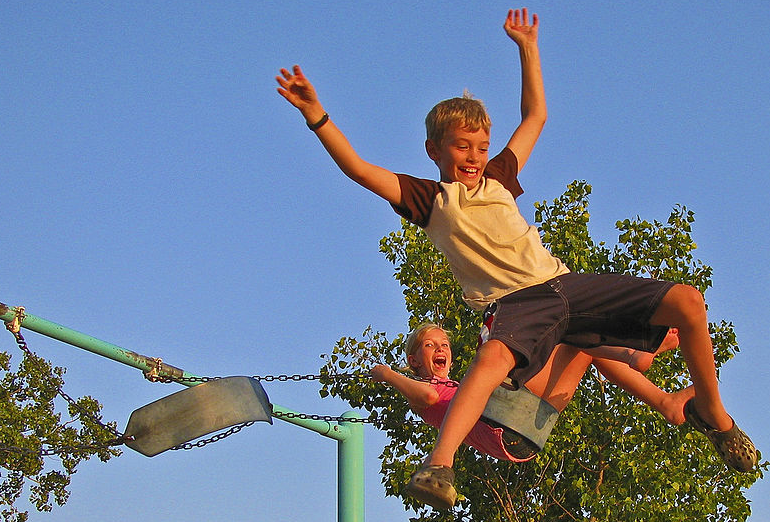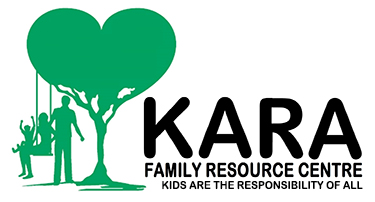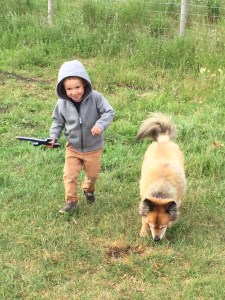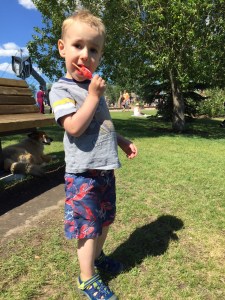
Have you ever found yourself enjoying a nice cup of tea and watching the morning news in peace when suddenly a pint-sized person jumps from the arm of the couch into your unsuspecting face?
Children love risky play, especially my children. They are constantly looking for ways to increase the thrill of the game, even if it means sacrificing safety. The purpose (other than to give me a heart attack) is to increase the fun and explore the rules of their environment.
A Learning Technique
Risky play is a learning technique – what I mean by this is that when children are engaging in risky play, they are conducting a science experiment (without knowing it). They are using reasoning and chance, as scary as it is, to determine what they are comfortable with, and what their bodies and environment will allow.
Benefits of Risk
Risk management skills, along with self-confidence, resilience, and reducing the chance of injury, are all learnings a child gains from engaging in risky play.
I know what you are about to ask; how can risky play reduce the chance of injury? The science tells us that those children who engage is risky play have a much greater understanding of what is likely to cause injury. A child that has continually experimented with tree climbing knows the best routes to take, which trees are safe to climb, and how to go back the way they came.
If you had never climbed a tree as a small child and then are asked to climb one as an adult, your body, being longer and stronger, would allow you to climb to the top without difficulty. But now you’re in a pickle because you’re at the top of a tree and don’t know how to get down. A child can only climb as high as his or her body and environment allows, not to the top. They take small steps as they mature, pushing themselves just as much as is allowable.
A Young Life Without Risk
Risky play certainly seems dangerous and it can result in injury, so why hasn’t natural selection weeded it out?
Experiments have been done on rats to deprive them of risky play and the outcome was less than appealing. The researchers did not deprive them of other types of socializing, just risky play, and they found that the rats grew up emotionally crippled. When faced with the unknown, instead of showing curiosity and adaptability like their risky play counterparts, the emotionally crippled rats would seize up in fear or lash out with aggression (click here). Not a rat-ical way to grow up.
On the flipside, the science has shown that risky play has quite the evolutionary advantage. I’m sure everyone can recall their puppy or kitten play wrestling with them or another animal. Perhaps to wolf cubs, this is practice for later squabbles over meals. Monkeys will leap for branches that are just within reach, pushing themselves further and further each time. This experience will certainly come in handy when leaping away from challengers. Certainly one of the most perilous types of risky play can be seen in mountain goats (kids) that frolic on incredibly steep, rocky slopes. Undoubtedly this will make them hard prey to catch. All animals engage in risky play and it benefits them tremendously.
Freedom + Fear = Thrill (⃠ Danger)
So now that we are all aware that risky play is a benefitting activity to engage in, should we just let our youngsters have at it – absolutely not. There are still real dangers in hazardous play (which often accompanies risky play), so parents have to be vigilant in identifying and removing the hazards.
Risk – The possibility of something happening
Hazard – A potential source of danger
Hazards are often beyond a child’s ability to recognize. Risks are uncertainties that a child often recognizes and challenges (click here).
Back to our lovely tree example, the child sees a challenge and is uncertain about what will happen if they climb to a certain branch. What the child does not recognize is that the branch they’ve chosen to climb to has rotted out – a hazard the parent needs to control. Removing the hazard can be done by removing the branch, or, even better, teaching the child how to recognize rotted branches. By controlling the hazards, the child is still able to engage in risky play without an increase in the chance of injury.
Risk now equals hazards divided by parental safeguards.
Risky Play in Your Community
I love the tree examples I’ve shared with you but when I look around the current area where I’ve chosen to raise my family, not many trees pop out to say “climb me.”
Living in a city rather than countryside can seem a little challenging when it comes to engaging in risky play, but it’s important to note that risky play hotspots can be found anywhere! Your local park, your backyard, your living room – anywhere! When it was too cold and slippery outside for hazardless risky play, my family and I set up an obstacle course throughout the house. My preschooler would run and jump from chair to chair and my toddler would bound into piles of pillows. When we play in the backyard, my kids love to use the short beam surrounding my yard to perfect their gymnastic skills. The chance of a small drop to the grassy lawn below certainly livens up the game! And local parks encourage plenty of risky play activities with its monkey bars, twisty slides, and swings. All you have to do to be a vigilant parent in these scenarios is to remove debris, check for the correct signage for safety standards, and be a helping hand when your child needs it!
To find out more on how Canada is improving your child’s access to independent and unstructured outdoor play, click here.
Last Note on Inspiring Yourself
“Security is mostly a superstition. Life is either a daring adventure or nothing.” — Helen Keller
Please feel free to leave a comment or story about the risks you and your child take together!



